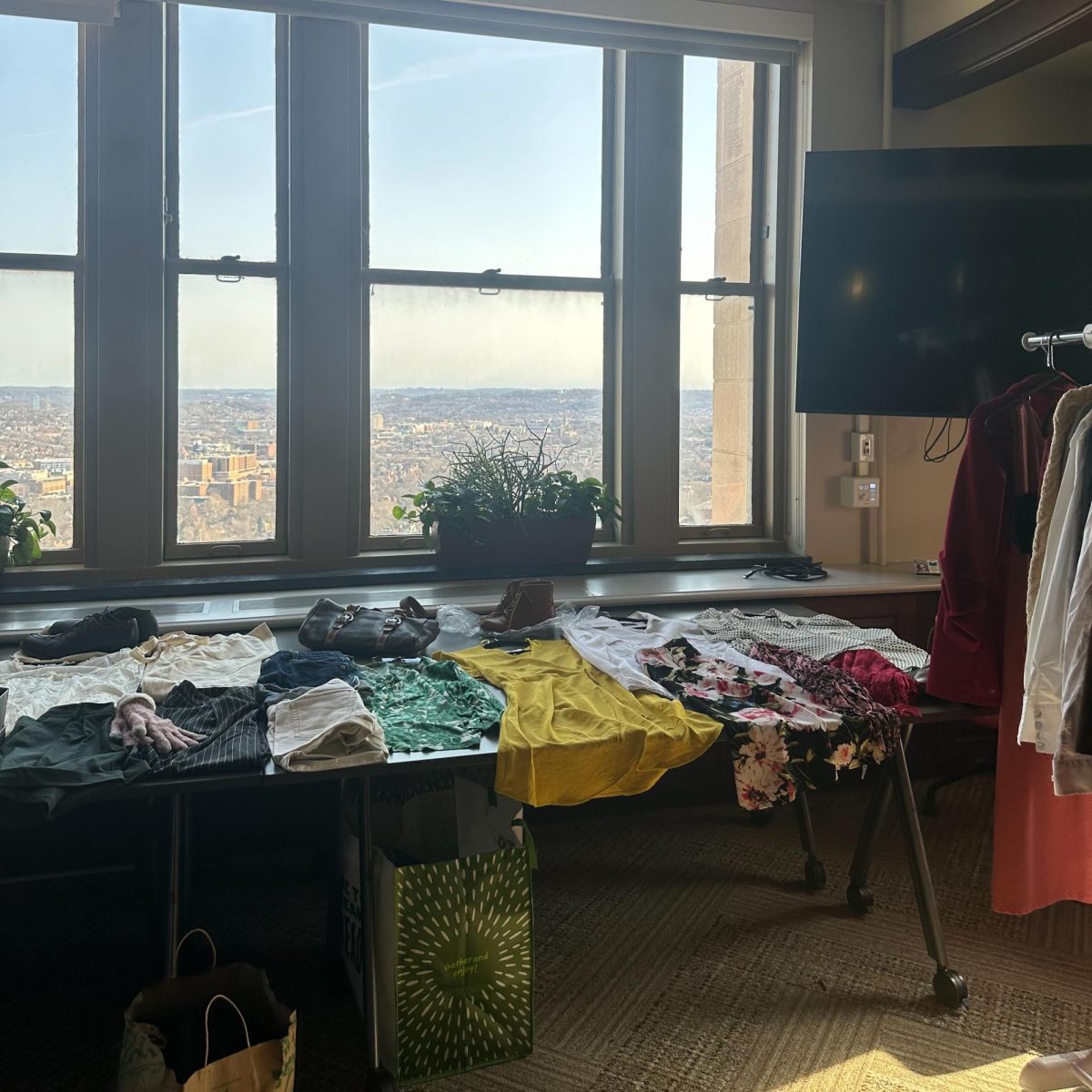Unspent Student Activities Fee funds total more than $225,000
January 9, 2012
It’s not often that money goes unclaimed, but that’s what’s happening to parts of Pitt’s… It’s not often that money goes unclaimed, but that’s what’s happening to parts of Pitt’s Student Activities Fund.
During the past fiscal year, running from July 1, 2010, to June 31, 2011, $226,546 of the Student Activities Fund went unspent. The more-than-$2 million fund is derived from the $80 Student Activities Fee that each non-College of General Studies student pays each semester.
The Student Government Board distributes a portion of the fund, and each year since 2007, more than $200,000 has rolled over. The majority of this rollover money goes back into the Student Activities Fund, but the specifics of where the money is being spent remains unclear.
Out of the total activities fund, about 50 percent is distributed by Student Life to five formula groups — Pitt Program Council, WPTS-FM, Panther Prints Yearbook, Student Volunteer Outreach and TeleFact.
The other 50 percent is allocated by the Student Government Board to both Student Affairs Affiliated Groups, also known as SAAGs, and more than 300 certified student organizations.
The groups considered SAAGs are the Resident Student Association, Interfraternity Council, National Pan-Hellenic Council, Collegiate Panhellenic Association, Black Action Society, Asian Student Alliance, Engineering Student Cabinet and Nursing Student Association. These groups propose a yearly budget to SGB and are unable to request supplemental funding.
Terrence Milani, Student Life associate director and SGB allocations adviser, would not comment on how much money the formula groups and SAAGs receive from the fund. He did not release the figures because he said he did not want arguments to arise between the groups based on differences in funding.
Milani said that $130,731 of the unspent money from 2010-2011 will go back into the overhead account to pay for things like the Student Organization Resource Center and SGB’s yearly budget of $44,551.02.
The remaining $95,815 of rollover money was given to SGB for allocations in the 2011 spring term.
Milani said that the unspent income for the 2011-2012 fiscal year is currently $383,377. Of that money, $86,293 is going back into the overhead account, $97.084 went to 2011 fall term allocations and $200,000 is going toward the 2012 spring term allocations.
The funds from the Student Activities Fee are distributed to various organizations on campus by both the Student Government Board and Student Life to fund programming, competitions, conferences and other student-activity-related items and events.
Certified student organizations can submit a budget for the year or the semester, and they can also request supplemental funding.
Student organizations send a request form to the SGB Allocations Committee, which reviews and discusses the request with the group and makes a recommendation to the Board. Final decisions are made at SGB’s weekly Tuesday night public meetings.
Groups can use this funding to hold events on campus, travel to national conferences that will bring programming back to campus or host guest speakers or lecturers on campus.
Milani authored the Allocations Manual, which describes what SGB can and cannot fund, and is responsible for the administration of the Student Activities Fund. He said that SGB handles the money because he wants students to have some control of the fund and to learn from the allocations process.
“It’s a well-oiled, student-run system where students are empowered to make decisions in a fair and open process,” Milani said. But he said that SGB must operate “according to the policies and procedures” in the manual.
Former SGB President Molly Stieber attributed the surplus money each year to a lack of programming requests by on-campus student organizations.
“It’s easy to say, ‘We have rollover, let’s do something about it.’ It’s much more complicated,” Stieber said. “If these groups are not going to request for funding for programming, what are we going to fund for?”
In order to decrease the rollover money, Stieber developed the Allocations 101 program to help student organizations understand the policies for funding and to increase groups’ reception of funds. She ran the first program in January 2011. The information sessions invited student groups to meet with SGB members to go over the most common request problems the Board sees.
“I think this year we have seen more groups putting on more programming,” Stieber said. “I think it started with Allocations 101.”
SGB President James Landreneau said he plans to continue the program as well as institute a new initiative. He is developing an on-campus leadership summit that will center on opening communication between student groups so they can put on programming together and facilitate more use of the money.
“The main way to get groups involved with each other is to create contact,” Landreneau said. “I’m hoping the on-campus leadership summit will be popular with all student organizations.”
Landreneau said that he would like to see more of the unspent money go back to students, particularly for on-campus programming. Programs funded by SGB that are held on campus must be open to all students.
He said that the majority of the requests he saw as a 2011 Board member were for student group conferences, tournaments and competitions, which primarily benefit the members of individual groups.
“The Student Activities Fund should reach out to as many students as it can,” Landreneau said. “I want to make sure groups are applying for money for good programming.”


